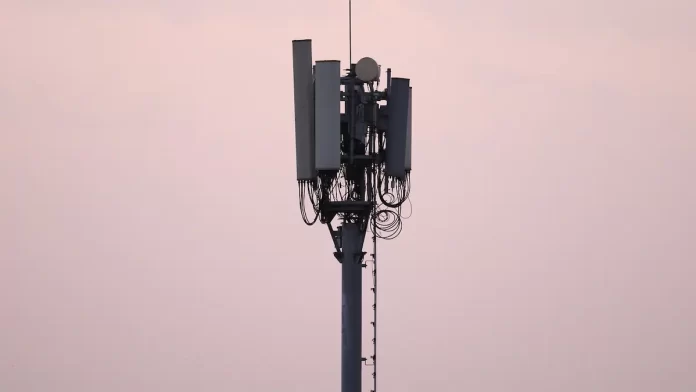Tomorrow will mark the 25 years of the Telecom Regulatory Authority of India. On this occasion, Union Minister Ashwini Vaishnaw will inaugurate a seminar on the importance and accomplishments of TRAI which is the regulator of the telecommunications sector in India.
At the event, the Union Minister will also release the amended Procedure of the Telecom Disputes Settlement and Appellate Tribunal (TDSAT).
The objective of the seminar is to enhance awareness regarding the regulatory mechanisms, including dispute resolution, amongst stakeholders in Telecom, Broadcasting, IT, Airport Infrastructure, and Aadhaar Sectors.
It is expected that the seminar would throw light on key areas, emerging trends, and challenges are thrown by fast-changing technology concerning the sectors.
What is TRAI?
Telecom Regulatory Authority of India or the TRAI is a statutory body that regulates the telecommunications sector in India.
It was up in 1997 by the Government of India under section 3 of the Telecom Regulatory Authority of India Act, 1997.
It aims to create and nurture conditions for the growth of telecommunications in India to enable the country to have a leading role in the emerging global information society.
One of the main objectives of TRAI is to provide a fair and transparent environment that promotes a level playing field and facilitates fair competition in the market.
The TRAI Act 1997 was amended in 2000, establishing a Telecom Disputes Settlement and Appellate Tribunal (TDSAT) to take over the adjudicatory and disputes functions from TRAI.
